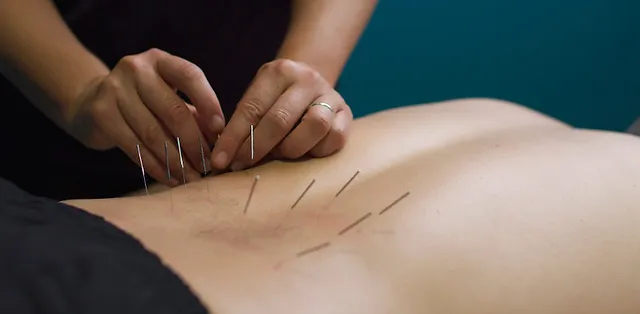Low back pain has several causes, affecting approximately 80% of the population. There is much more to it than anatomy, yet it may be intricate, convoluted, and difficult to cure.
Finding pain-relieving methods can be a trial-and-error process for those with persistent low back pain. There is no silver bullet, and various things work for different individuals. The objective of treating low back pain, in the simplest terms, is to alleviate discomfort, and finding effective ways to move is the name of the game. If someone attempts to offer you a magical therapy that would heal you without undergoing the steps mentioned above, I would advise you to escape as fast as possible.
Today, this article will examine dry needling for treating low back pain.
Addresses trigger points
dry needling lincoln ne (FDN) involves inserting filiform needles into muscle bellies and trigger points. Muscle trigger points are taut bands that induce discomfort and inefficient muscle contractions. When a needle is put into the trigger points, a twitch response, or quick relaxation or release of the tightness, can be induced.
Dry needling is a technique that involves inserting needles into a specific region of a muscle to provide the same effect as massages, foam rollers, lacrosse balls, etc., on tight muscles.
Why the lower backs?
To comprehend how FDN can be an effective treatment for low back pain, it is necessary to have a deeper understanding of the structure of our spines. Several muscles in our backs might be uncomfortable, but the multifidus muscle group is the most problematic. These muscles are located in the deepest portion of our backs. They are responsible for supporting our vertebrae, assisting in the rotation and extension of our backs, and are triggered before most of our motions, including eye movements. Because of their location and occupations, they are incredibly difficult to train, isolate, and treat, and they can significantly contribute to chronic pain.
The multifidus is the primary treatment region when dry-needling low backs. Using FDN, needles inserted into these muscles can address tension and even employ e-stim to help activate and reset these muscles that are so infrequently treated.
It is essential to remember that FDN is never a stand-alone therapy. FDN is a tool that allows clients to access or establish improved movement patterns with less discomfort and guarding. If you experience back pain and have not tried dry needling, it may be worthwhile to seek a registered practitioner in your area! The key to maximising the benefits for you and your pain is to combine this with a comprehensive and individualised activity strategy.











